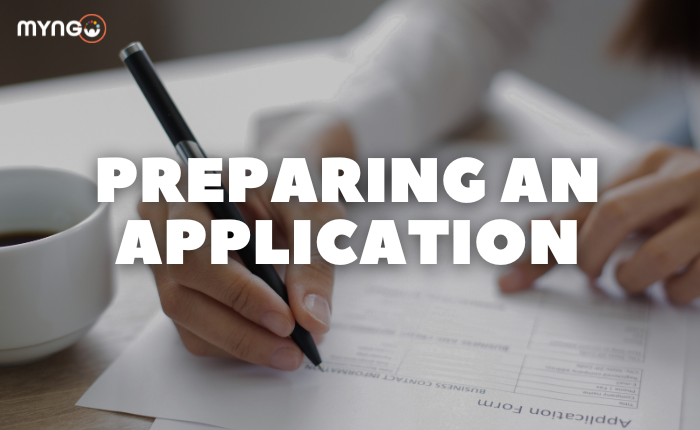
About Lesson
A well-prepared application is crucial for securing Erasmus+ funding. This lesson will guide you through the essential components of an application, offering tips and best practices for presenting your project effectively.
Understanding the Application Form
Erasmus+ applications typically require detailed information about your project, including its objectives, activities, expected outcomes, and budget. Here are the key components to focus on:
- Project Summary: Provide a clear and concise summary of your project, highlighting its main objectives, target group, and anticipated impact.
- Needs Analysis: Explain the needs or challenges your project aims to address, supported by relevant data or evidence.
- Objectives and Outcomes: Clearly define the specific objectives of your project and the outcomes you expect to achieve. Ensure these are aligned with Erasmus+ priorities and objectives.
- Activity Plan: Outline the planned activities, including timelines, methodologies, and participant roles. Be specific and realistic in your planning.
- Impact and Dissemination: Describe the expected impact of your project on participants, your organization, and the wider community. Include a plan for disseminating project results to maximize visibility and sustainability.
- Budget Plan: Provide a detailed budget, ensuring all costs are eligible and justified. Include information on how you will manage and monitor the budget throughout the project.
Tips for a Strong Application
- Clarity and Precision: Write clearly and concisely, avoiding jargon and overly complex language. Ensure all sections of the application are well-structured and easy to understand.
- Alignment with Erasmus+ Objectives: Demonstrate how your project aligns with the objectives and priorities of Erasmus+. Highlight its contribution to key themes such as social inclusion, sustainability, and digital transformation.
- Evidence and Justification: Support your needs analysis and project plan with relevant data, research, and examples. Justify your choices and explain how they will lead to the desired outcomes.
- Partnerships and Collaboration: Highlight any partnerships or collaborations that strengthen your project. Show how you will work with other organizations to achieve common goals.
- Evaluation and Monitoring: Include a plan for evaluating and monitoring the project’s progress and impact. Explain how you will use feedback and data to make adjustments and improvements.
RESOURCES